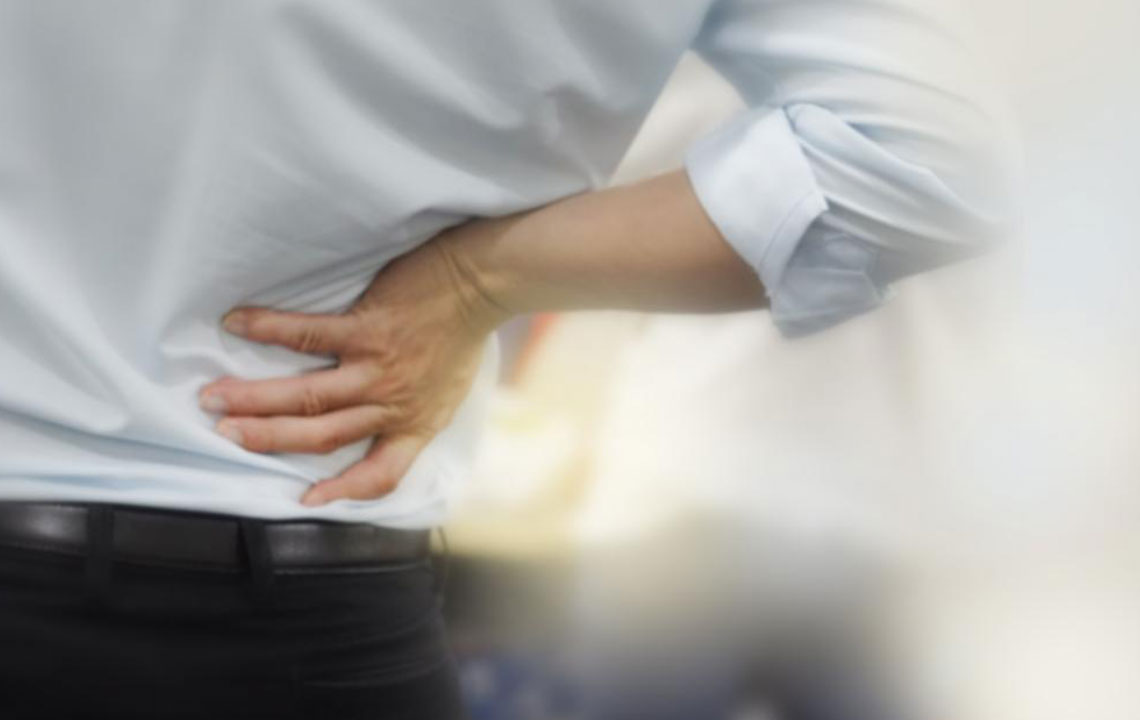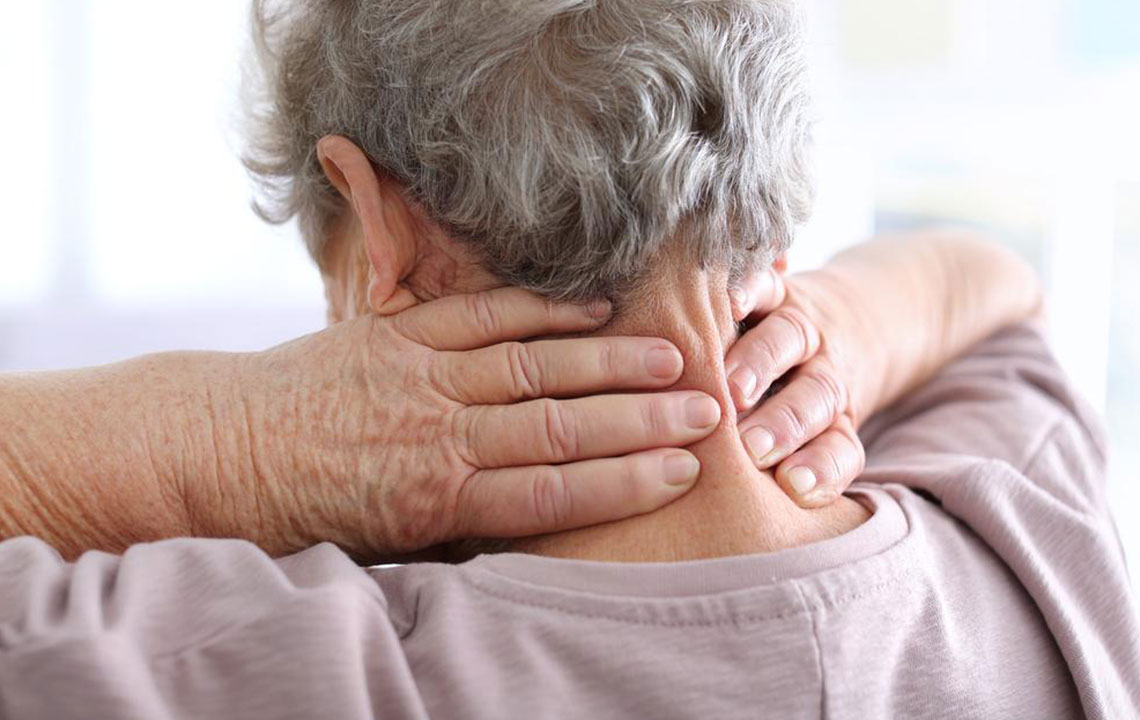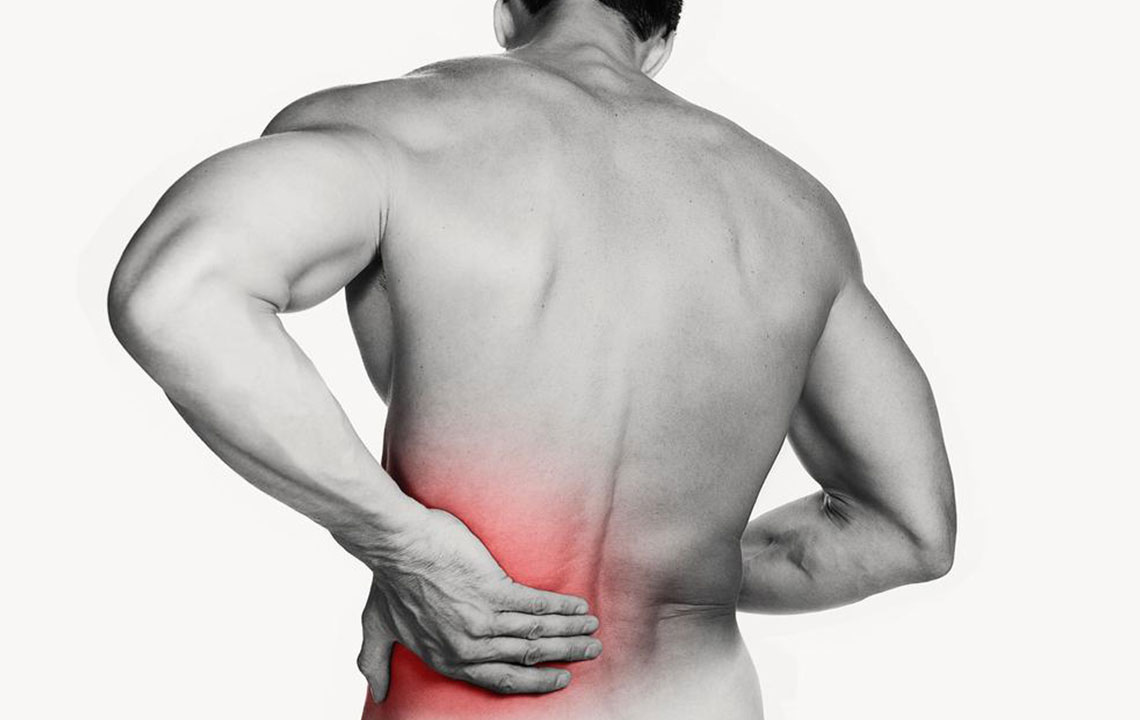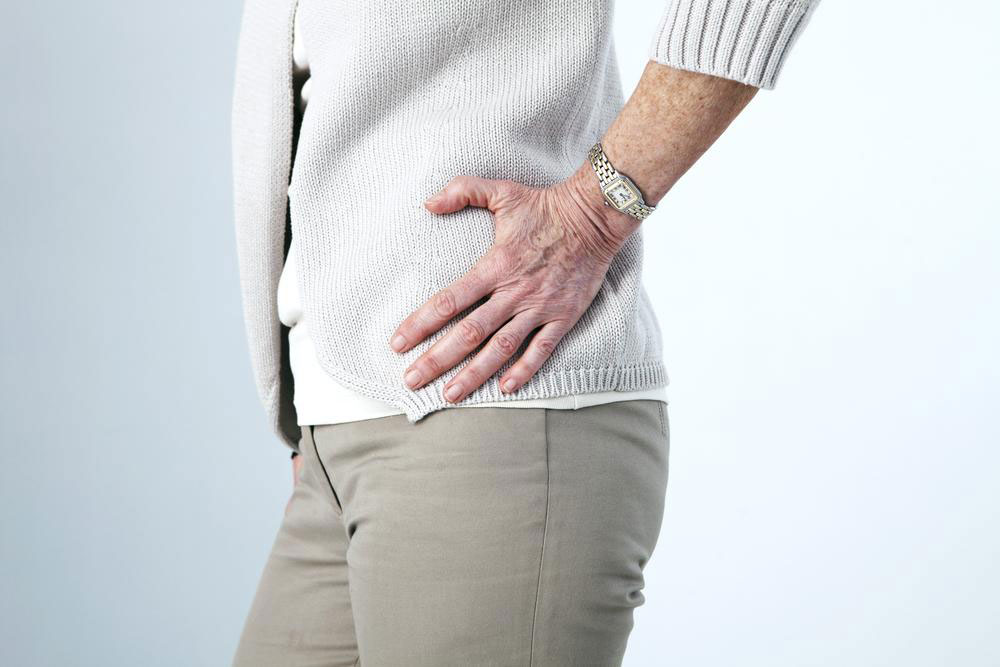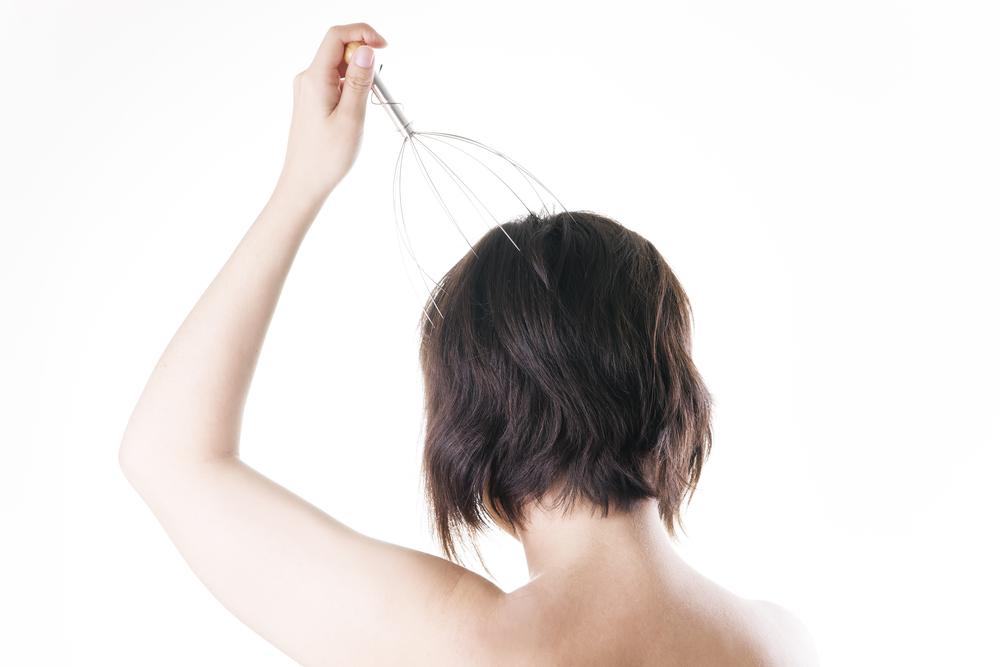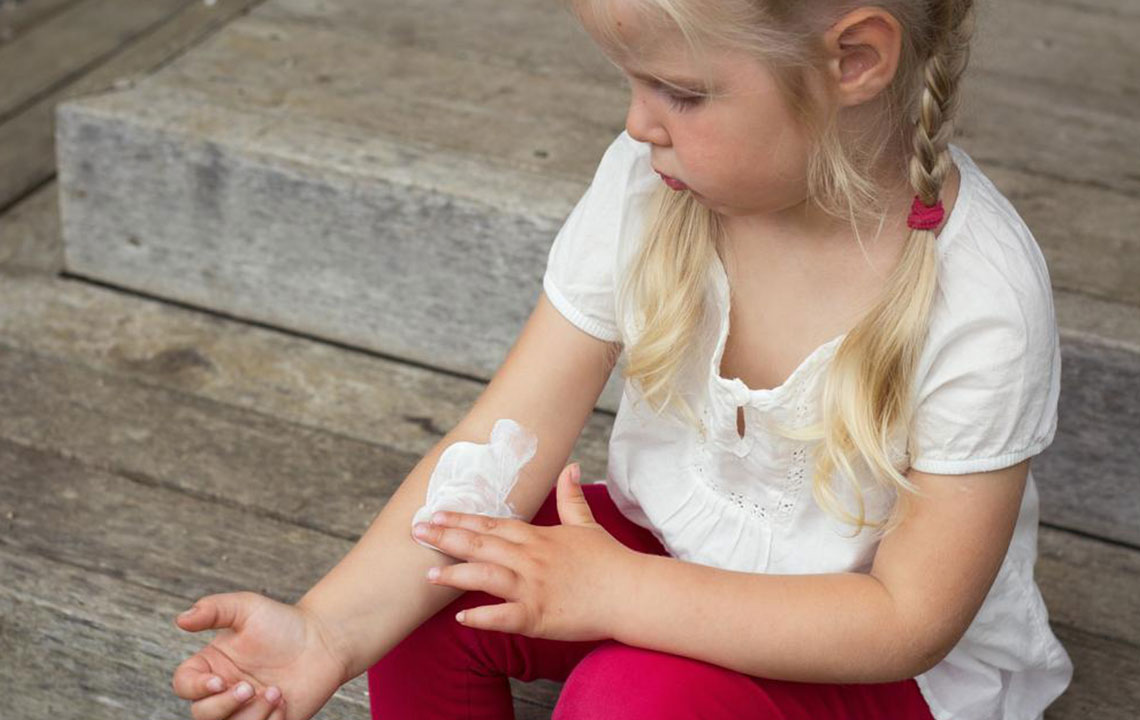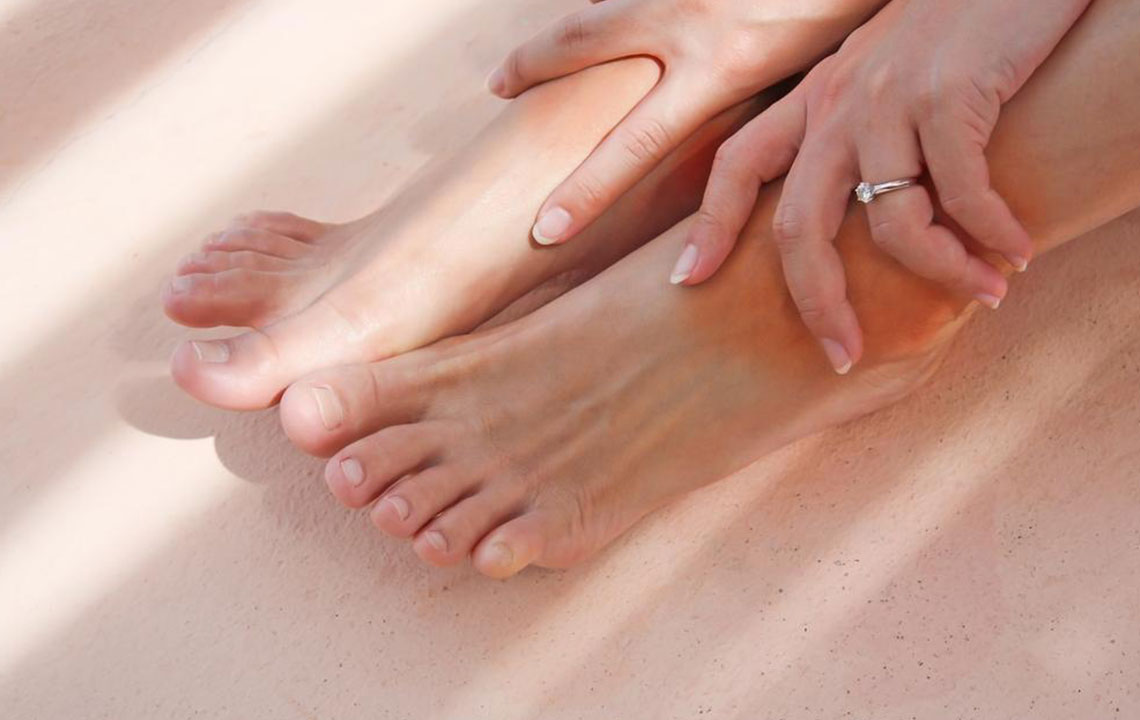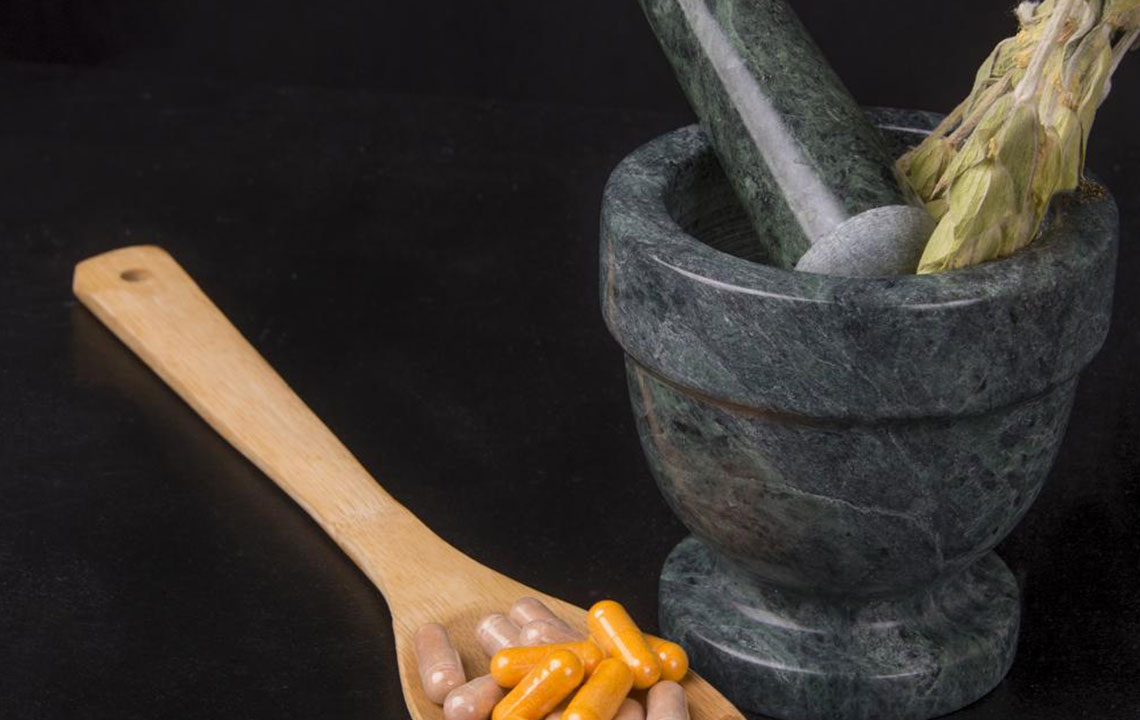Tips for Preventing Lower Back and Hip Discomfort
Discover effective strategies to prevent and manage lower back and hip pain. Learn about common causes, including muscle tightness and ligament strain, and explore home remedies like ice therapy and stretching. The article emphasizes the importance of regular exercise, yoga, and physiological care to maintain mobility and prevent long-term issues. Suitable for all ages, these tips can help reduce discomfort, improve flexibility, and promote overall spinal and hip health.
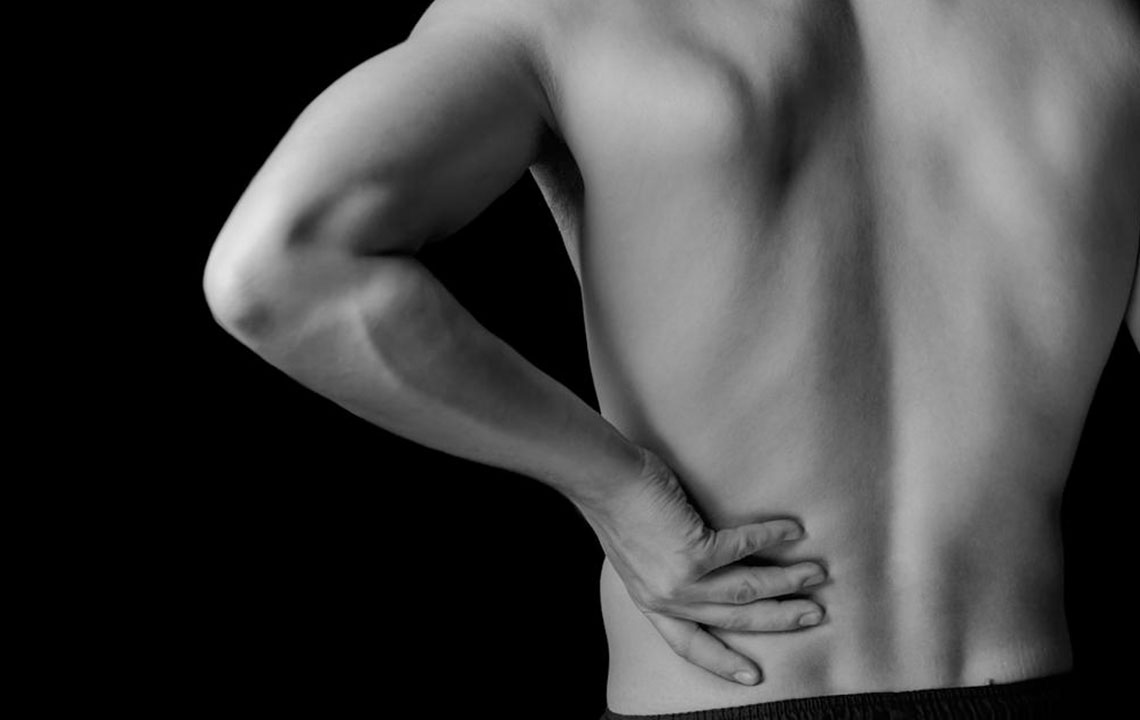
Tips for Preventing Lower Back and Hip Discomfort
The connection between the hips and lower back is tight, with nerves running between them. Typically, pain in the lower back originates from muscles linking the back to the hips or from ligaments connecting the pelvis and back. Nerve compression from the lumbar spine can also be a cause.
Reasons for Lower Back and Hip Discomfort
Stiffness or overuse of the gluteal muscles can lead to added stress on the lower back. Prolonged sitting, poor posture, and lack of stretching contribute to muscle tightness and pain. Past injuries to the gluteal region or ligament strain in the sacroiliac joint can also be culprits, causing pain radiating to the hip.
Effective treatment involves addressing ligament strain and understanding the complex anatomy of the lower back and hips. Persistent pain lasting over six weeks may indicate conditions like arthritis, which causes joint surface unevenness and limited mobility. Physiotherapy is often recommended initially, with surgical options considered if necessary. Mechanical issues and soft tissue injuries can also lead to discomfort, as well as nerve compression or, rarely, signs of serious conditions like cancer or spinal cord damage.
Home Strategies to Alleviate Lower Back and Hip Discomfort
Simple measures like resting the affected area and avoiding aggravating activities can provide relief. Applying ice packs wrapped in cloth to the sore region helps reduce inflammation and pain rapidly. Using an elastic bandage around the hip can offer additional support. These pains are common across age groups; office workers who sit for long periods and seniors with decreased joint fluids are particularly vulnerable. Engaging in regular stretching, walking during breaks, and practicing yoga can help maintain joint flexibility and prevent future pain.
Ignoring these pains during youth can lead to more severe issues later. It’s important to incorporate regular stretching and exercise routines. Yoga enhances joint flexibility and can alleviate lower back and hip pain, suitable for all ages with proper guidance. Consistent physical activity and physiotherapy contribute to a more active, pain-free lifestyle, reducing the risk of long-term damage.


